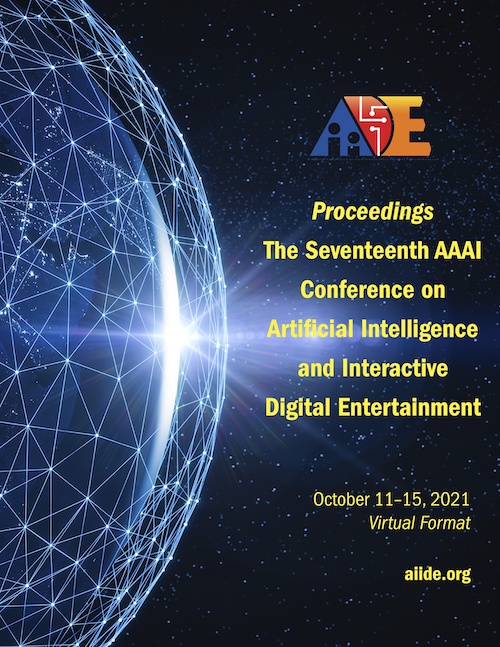Tile Embedding: A General Representation for Level Generation
DOI:
https://doi.org/10.1609/aiide.v17i1.18888Keywords:
Machine Learning, Procedural Content Generation, Level DesignAbstract
In recent years, Procedural Level Generation via Machine Learning (PLGML) techniques have been applied to generate game levels with machine learning. These approaches rely on human-annotated representations of game levels. Creating annotated datasets for games requires domain knowledge and is time-consuming. Hence, though a large number of video games exist, annotated datasets are curated only for a small handful. Thus current PLGML techniques have been explored in limited domains, with Super Mario Bros. as the most common example. To address this problem, we present tile embeddings, a unified, affordance-rich representation for tile-based 2D games. To learn this embedding, we employ autoencoders trained on the visual and semantic information of tiles from a set of existing, human-annotated games. We evaluate this representation on its ability to predict affordances for unseen tiles, and to serve as a PLGML representation for annotated and unannotated games.Downloads
Published
2021-10-04
How to Cite
Jadhav, M., & Guzdial, M. (2021). Tile Embedding: A General Representation for Level Generation. Proceedings of the AAAI Conference on Artificial Intelligence and Interactive Digital Entertainment, 17(1), 34-41. https://doi.org/10.1609/aiide.v17i1.18888
Issue
Section
Full Oral Papers

